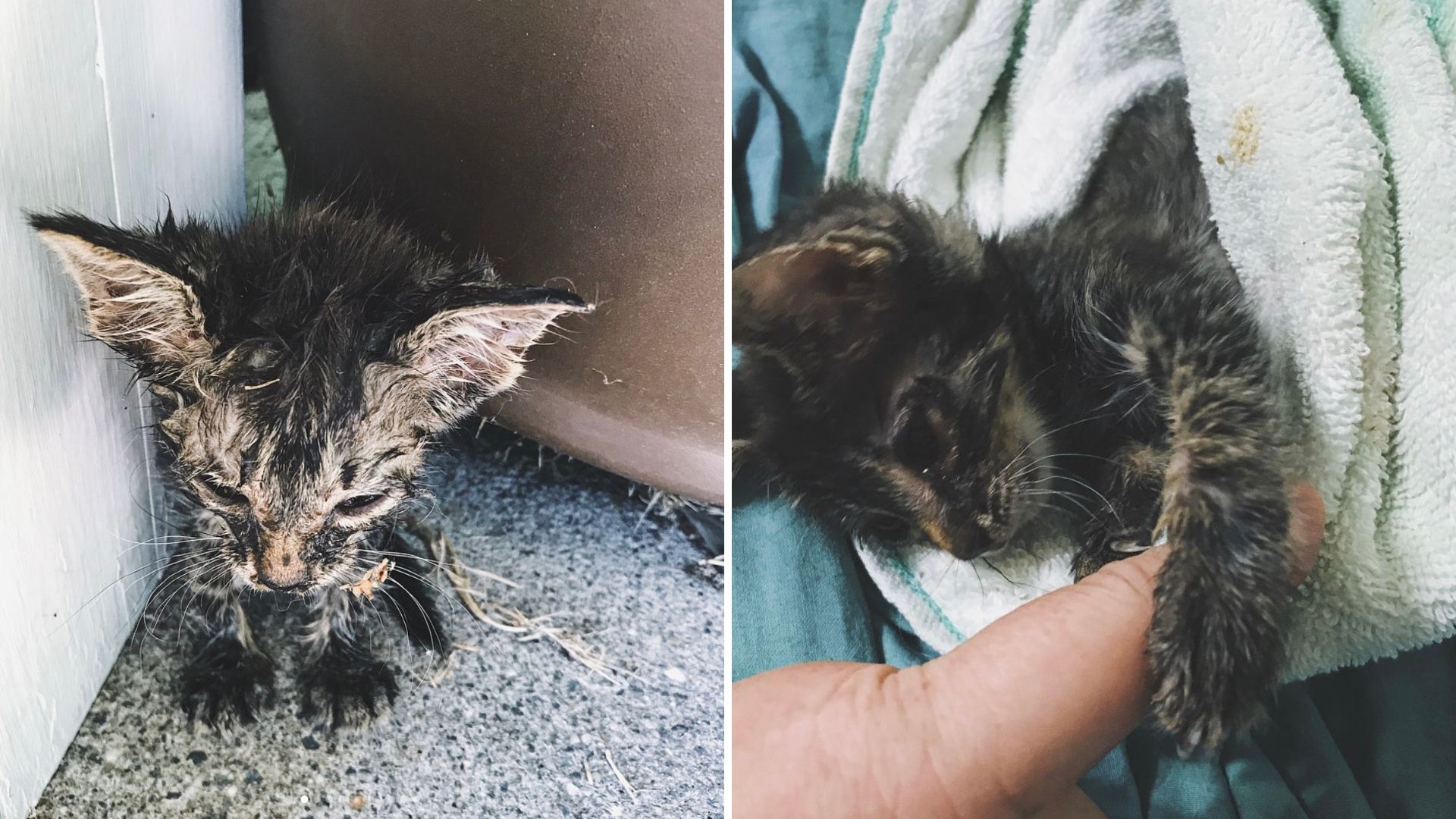Introduction

Perched high in the rugged terrains of North America’s most formidable mountain ranges, the white mountain goat stands as a symbol of strength, agility, and sheer natural beauty. These magnificent creatures, often referred to as the “ghosts of the mountains,” captivate with their striking appearance and remarkable adaptations to the harsh alpine environment.
A Marvel of Nature’s Design

White mountain goats, known scientifically as Oreamnos americanus, are not true goats but belong to a unique group of goat-antelopes. Their most distinctive feature is their thick, woolly white coats, which provide essential insulation against the freezing temperatures of their high-altitude homes. This luxurious fur, coupled with their black, spiked horns, creates a stunning contrast against the snowy backdrop of their habitat.
Masters of the Mountain

Adaptation is key to survival in the mountains, and white mountain goats are superbly equipped. Their cloven hooves, with rough pads and sharp edges, allow them to scale steep, rocky cliffs with ease, escaping predators and accessing food sources that other animals cannot reach. These remarkable climbers can leap nearly 12 feet in a single bound and navigate ledges only a few inches wide.
The Alpine Diet

Living in some of the most inaccessible and barren landscapes, mountain goats have a diverse diet that changes with the seasons. In summer, they graze on grasses, herbs, and low-lying shrubs. Come winter, they rely on lichen, mosses, and even tree bark. Their ability to digest a wide variety of vegetation is crucial for their survival in an environment where food can be scarce.
Social Structure and Behavior

Mountain goats are social animals, typically forming small groups called bands. These groups consist of females (nannies), their offspring (kids), and younger males. Older males, or billies, tend to be more solitary, especially outside the breeding season. Within these bands, there is a clear hierarchy, often determined by age and horn size.
Breeding and Raising the Next Generation

The breeding season, or rut, occurs in late autumn. During this time, males engage in dramatic head-butting battles to win over females. After a gestation period of about six months, nannies give birth to one or two kids in the late spring. These kids, born in some of the most treacherous landscapes, must quickly learn to navigate their rocky world, often following their mothers up sheer cliff faces within hours of birth.
Conservation and Challenges
Despite their rugged nature, white mountain goats face several threats. Habitat loss due to human encroachment, climate change affecting their alpine environment, and competition with introduced species pose significant challenges. Conservation efforts are crucial to ensure these majestic animals continue to thrive in their natural habitats.
Conclusion
The white mountain goat is a testament to the incredible adaptability and resilience of wildlife in extreme environments. Their striking appearance and awe-inspiring agility make them one of nature’s most fascinating creatures. As we admire these “cloud-haired” mountaineers, it is imperative to recognize the importance of preserving their alpine ecosystems for future generations to appreciate and marvel at.






